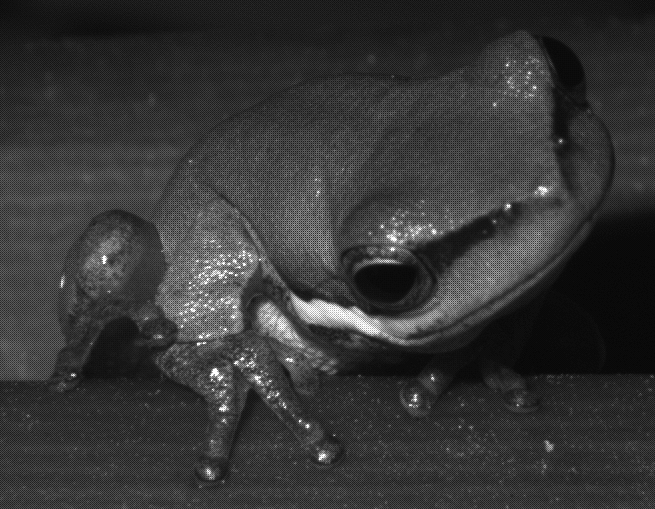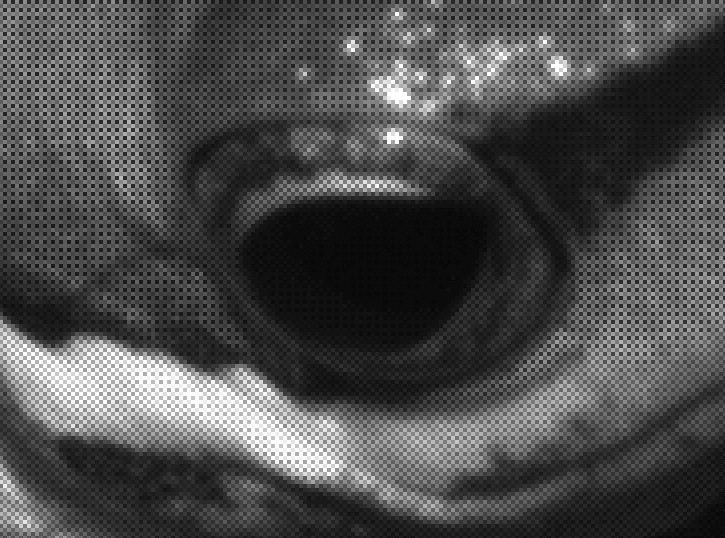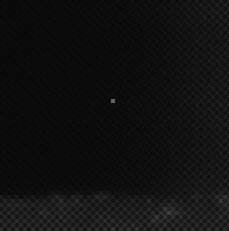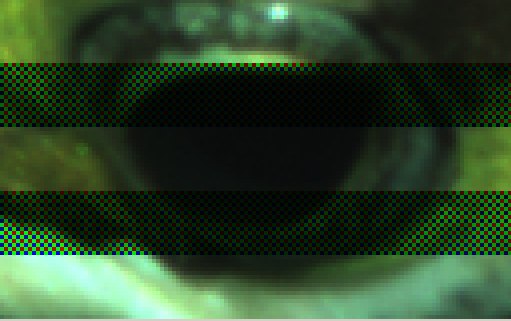Canon PowerShot G2 – RAW format info.
 Most
digital cameras use a monochrome sensor with a Bayer filter
matrix overlaid. Some argue (and I agree) that the term pixel is
misleading in the context of these camera. A pixel in a color
system is generally a color pixel. Each pixel on my monitor is
RGB, a pixel from my scanner(s) are RGB. My G2 has 4 million
photosites but only one million R and B and two million G. A 4
Mpix RGB file is created by filling in the missing values. This
is usually done with a simple interpolation routine but better
methods exist and I have explored a few on my own.
Most
digital cameras use a monochrome sensor with a Bayer filter
matrix overlaid. Some argue (and I agree) that the term pixel is
misleading in the context of these camera. A pixel in a color
system is generally a color pixel. Each pixel on my monitor is
RGB, a pixel from my scanner(s) are RGB. My G2 has 4 million
photosites but only one million R and B and two million G. A 4
Mpix RGB file is created by filling in the missing values. This
is usually done with a simple interpolation routine but better
methods exist and I have explored a few on my own.
 This
is what the raw CCD data looks like. Each pixel is covered by a
colored filter. The software which processes the image knows the
filter geometry and estimates the actual pixel color by
processing a group of pixels.
This
is what the raw CCD data looks like. Each pixel is covered by a
colored filter. The software which processes the image knows the
filter geometry and estimates the actual pixel color by
processing a group of pixels.
 A
close-up of the eye shows a regular pattern caused by the "Bayer
matrix" filter over the CCD.
A
close-up of the eye shows a regular pattern caused by the "Bayer
matrix" filter over the CCD.

This
is the offending pixel. It doesn't look much but it is annoying
having to retouch the same pixel again and again. It looks much
worse after it has been processed by the color estimation code
and passed thru a sharpness filter. This image also ends some
online speculation about whether RAW images have already been
sharpened – obviously they are not – this is A GOOD
THING!

And
this what the CCD data looks like with the correct filter color
in each cell. The image looks green because there are twice as
many green cells as there are reds or blues. It looks dark
because light has been removed by the filters. The color
interpolation process will fix both these effects.

Now
I've written a simple interpolation routine. I've left some
stripes unprocessed for comparison. This a brain-dead routine -
there is a bit of research going on into improved algorithms. I
hope to try something better. This is still fairly raw data –
there has been no white-balancing – black level subtraction,
gamma correction, filtering or sharpening.
My code is based on some public domain code written my David Coffin. I have converted it to delphi and this has been a non-trivial task. David Keenan also helped me with a 5 minute tutorial on Huffman encoding.